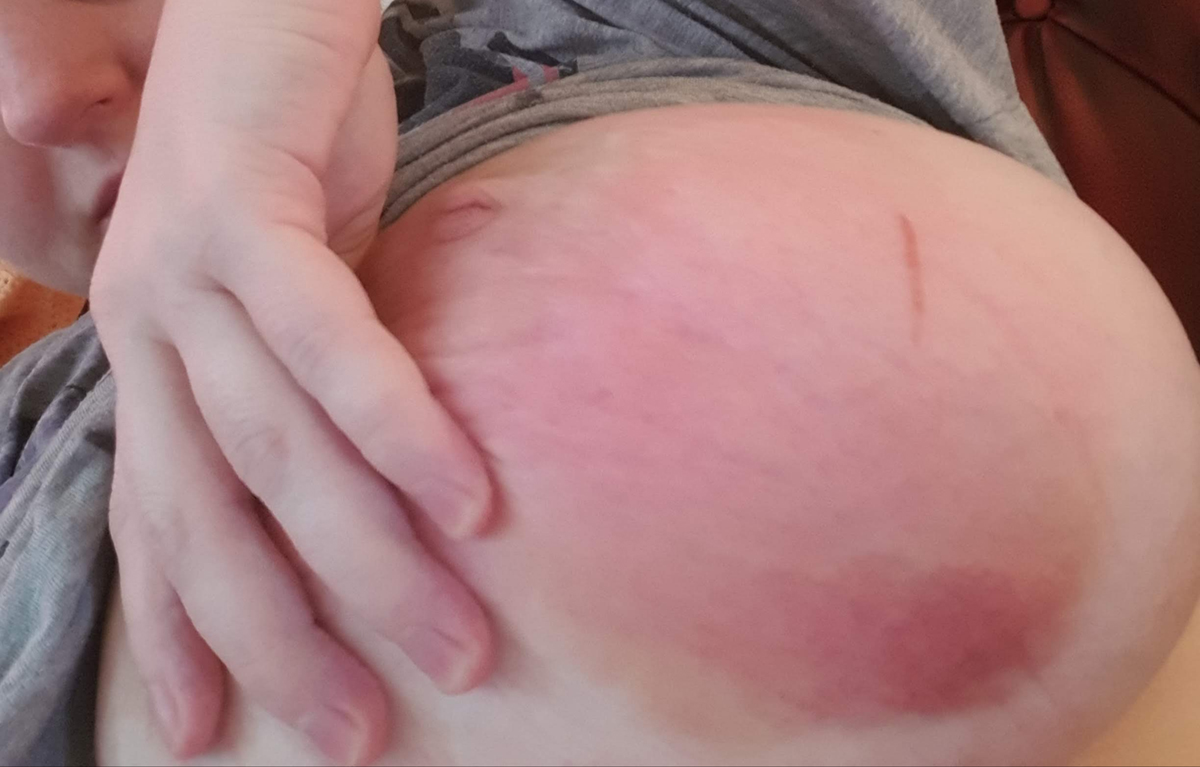
Mastitis is a painful infection of breast tissue that most commonly affects nursing women, although it may occur in other circumstances as well. Many nursing women have problems with mastitis at some point of their nursing period.
This condition is generally preceded by an obstructed milk duct and/or cracked nipple.
The symptoms of mastitis includes fever and other flu-like symptoms, pain that comes from the plugged duct, redness and swelling of the breast, skin of the breast that is hot when touched. The symptoms usually occur only on one side.
Mastitis is best prevented and treated by recognizing its symptoms early. When the infection spreads from the cracked nipple to the milk ducts, they become blocked, which causes pain and discomfort. It may seem logical to stop breastfeeding, but in fact continuing to breastfeed the baby is the best way to unplug the ducts. The flow should be as steady and frequent as possible.
Cracked nipples can be caused by early breastfeeding, pumping, biting or other trauma and this condition can be successfully solved with Topical antibiotic ointments, such as Polysporin. It is important, though, to carefully and gently wipe off any trace of ointment from the nipple before breastfeeding, to avoid possible side effects of it for the baby.
Since mastitis is a bacterial infection, in many cases it requires antibiotic treatment. Antibiotics should not be taken without consulting a doctor because there are potential risks for the baby. Mother’s milk contains traces of everything she takes so a small part of it can pass to the baby.
Most commonly prescribed antibiotic for mastitis is Cephalexin but again, it should be taken only by doctor’s prescription and advise.
During a course of antibiotics it is always good to take some probiotics as well, in order to prevent candida overgrowth.
It is very important to keep nursing even during mastitis. Milk needs to be extracted from the breast, otherwise it may aggravate the problem. In case the baby refuses the milk, it should be pumped from the breast.
Some women testify that bras that do not fit properly may be contributing to the symptoms of mastitis so it might be a good idea to go braless.
Mastitis can reoccurs as some women are particularly prone to it. In this case it may be helpful to keep the prescription antibiotic at hand because the condition responds rather quickly to the treatment. This, however, should be cleared with a doctor first.
There are some home remedies that may help alleviate symptoms of mastitis and might the infection, like raw garlic and an increased intake of vitamin C, but home remedies should not be the only course of treatment for mastitis.


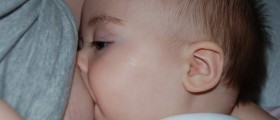
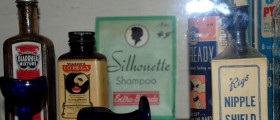
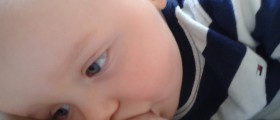


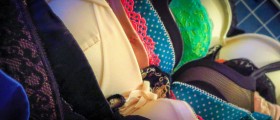

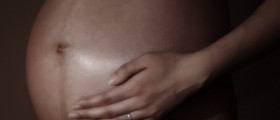

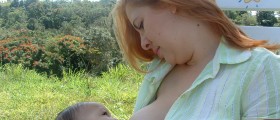

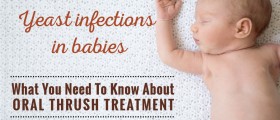
Your thoughts on this
Loading...